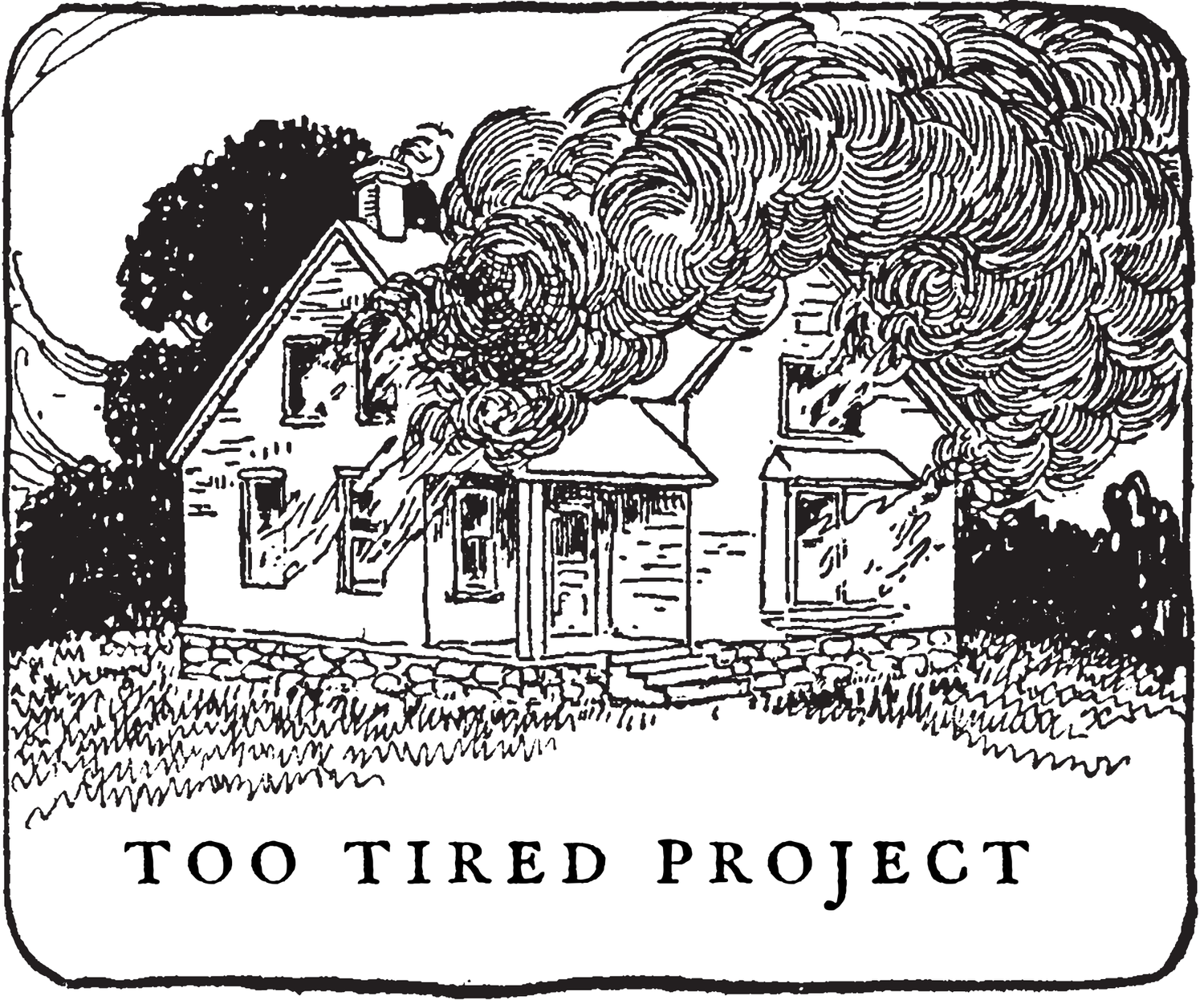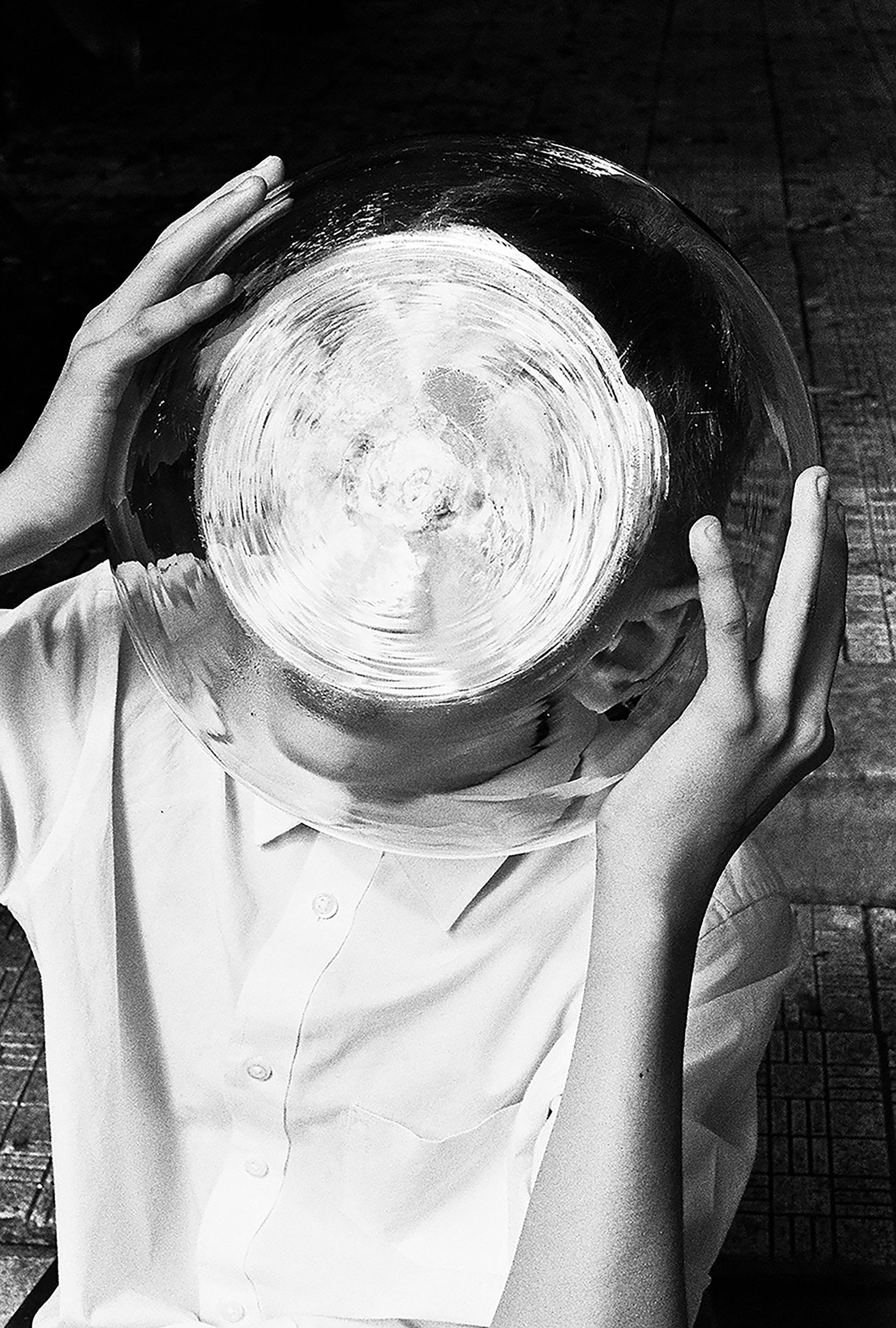Interview: DMT on their practice and how being a creative works alongside the process of therapy and healing.
How did you begin this project?
Inadvertently. I had stopped taking photos consistently by that point, needing a break after some traumatic incidents. I wasn't doing well - I wasn't eating much or sleeping without nightmares, and I had lost my sense of security in life entirely. My grandfather lent me his camera for a holiday when my partner came to visit, and I began taking photos to record this. The project developed naturally from that point onwards, and became more intentional as it settled. It was a big change - before that I had a history of working with self-portraiture and digital cameras, and this was narrative documentary and film.
How does mental health or wellness factor in your work?
It is inseparable from my work. I draw a lot from my experiences with post-traumatic stress disorder, and the circumstances that inspired the diagnosis, and my perspective cannot be what it is without my autism. I don't have to be in a good place, mentally or physiologically, to produce creative work. One of my special interests is humans and the way we function, and that includes psychologically. I am interested in the human ability to adapt, and the costs that can incur upon the psyche.
What is your process like?
It varies greatly. I tend to work on multiple concepts simultaneously, and the process tends to get messy. There is a lot of going back and forth, and sudden changes. Mostly, I am curious. I am interested in seeing things unravelling, and experiencing them in a new way. The process is, in and of itself, my favourite part of being a creative. By the time I complete a project, I am already thinking about the other projects I am working on. But that isn't always possible, as completing a project can be highly taxing on one's health. I've been learning to take breaks in-between.
Was the process of creating this project helpful for dealing with the emotion you’re describing in your images?
Yes and no. There is a distinction between something being therapeutic ,and the process of therapy and recovery. While this project helped me to process a lot of the emotions related to PTSD, I often had to connect to the harsher aspects of the events that inspired the work, in order to translate them into visual imagery. That involves staying in a painful stasis at times. The last months specifically were very heavy.
What is your relationship to photography?
I see it as an act of devotion. I did not intend to become a photographer, but it has been one of the greatest obsessions in my life. I love it, even when I struggle to wrap my head around the idea of being a photographer. It is a day-today habit that would be difficult to separate from myself.
If readers would like to see more of your work, where can they do so?
Either on my website: https://dmterblanche.com/
or my instagram: @d.m.terblanche
Thank you so much to DMT for taking the time to share their thoughts with Too Tired Project. All images used in this post are from their body of work titled ‘Holyland’.


